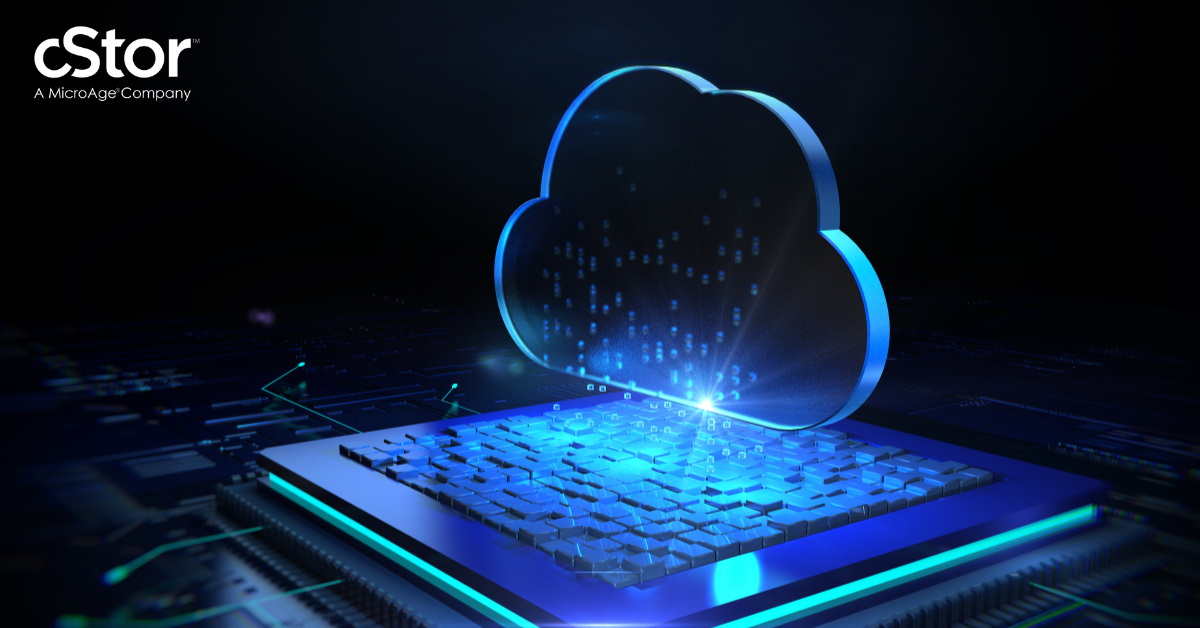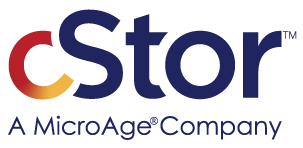Key Benefits of a Hybrid Cloud Model for Business Continuity & Disaster Recovery
By Tim McCullough, Vice President, Connected Workforce and Services

Between an onslaught of ransomware cases and an unusually high number of natural disasters that proliferated headlines recently, almost every organization is aware of the importance of a well-tuned Business Continuity and Disaster Recovery (BCDR) plan to keep their business functioning. Just a few hours of downtime can cost millions of dollars to an organization. The challenge that comes into play is how to make the BCDR process easier and more affordable.
While the cloud offers many benefits, your organization may not be ready to take on all that’s involved with migrating. Similarly, you may want to retain certain data and applications on-premise for a variety of reasons. However, if you are running your data storage on-prem, you can still harness the power of cloud backup by leveraging a hybrid BCDR environment. A hybrid model gives you the flexibility of keeping your data on-premise, while you reap all the benefits of the cloud to reduce your storage footprint and costs.
Speed Recovery Time & Provide Temporary Backup
Whether you are dealing with planned or unplanned application updates or outages, hybrid cloud BCDR can help you get your data back online nearly instantly. Hybrid options include running virtual machines in the cloud or through online applications until your data comes back online, serving as a temporary backup center in the cloud to eliminate downtime. New data created while in the temporary backup can be synchronized back to the source volume on the primary site once reestablished to ensure all data is accurately replicated without requiring a full baseline copy restore. This method makes data recovery faster and more efficient, allowing you to fall back to your primary copy reliably once you are ready.
Replicate Data Across Zones and Regions
Regardless of which cloud you choose, today’s cloud technology has simplified the task of replicating and cloning your data. Data can be efficiently replicated from your on-premise storage through virtual machines in the cloud which users can access from any location. Since cloud replication is near instantaneous, hybrid BCDR helps ensure reliable data protection across regions and zones to guarantee high availability and minimal RPO (when data is recovered) and RTO (when you will be up and running again) recovery speeds. Additionally, since cloud backups are easily and securely managed through a centralized location, management and access to the data when and where you need it is drastically simplified.
Lower Total Cost of Ownership (TCO) for Native Cloud Service
Built on native cloud compute and storage resources, hybrid disaster recovery leverages the benefits of elastic computing to easily expand or decrease your cloud backup resources based on changing demands and usage, meaning you won’t pay for the storage you are not using. Additionally, you can leverage the benefits of cloud storage space reductions through provisioning, data compression, consolidation, and deduplication. These reductions not only impact the amount of storage you are paying for, but they also improve transfer speed and lower your network bandwidth use and costs.
If you are maintaining on-prem storage and are looking to optimize your business continuity and disaster recovery program, consider the benefits of the hybrid cloud model. If you would like more information on how we can help you evaluate your options and select the best BCDR model for your specific needs, learn more about our offerings here or please contact us today.








